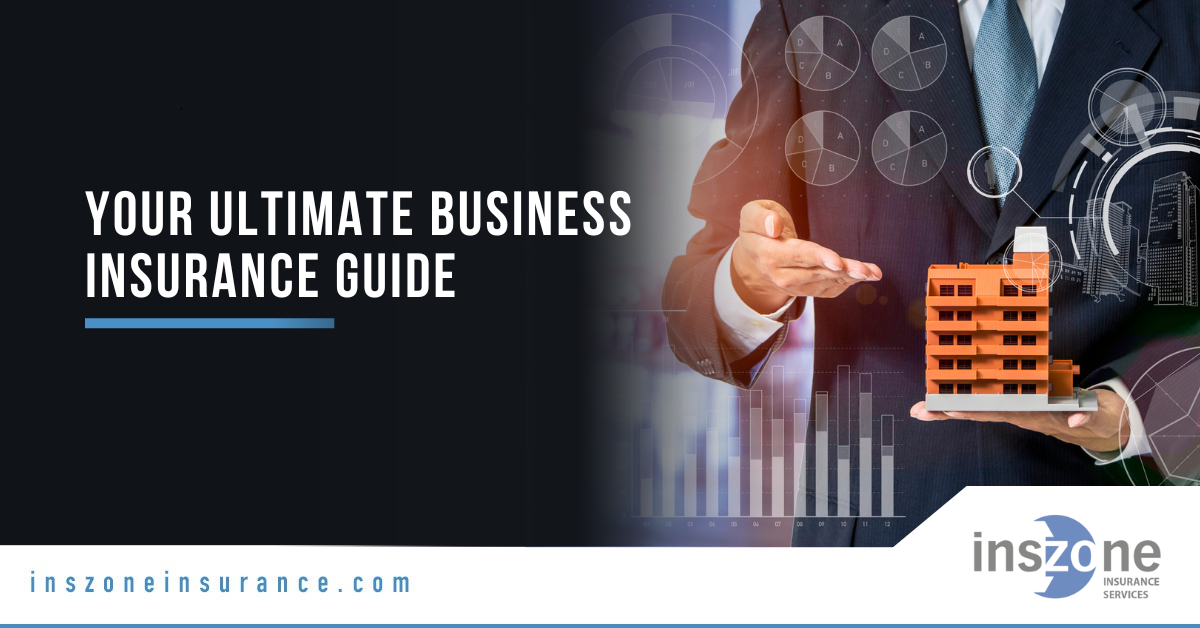Every business is unique, so your insurance program should be, too. This updated guide explains the core coverages, what changed this year, where the market is trending, and how to right-size limits and costs. We keep the language simple and focus on what matters to owners and managers.
What changed for businesses in 2025?
- Commercial insurance pricing is easing overall, but U.S. casualty remains tough. Global commercial rates drifted down in mid-2025; U.S. property saw decreases, while U.S. casualty (auto, umbrella/excess, liability) rose due to large jury awards and loss severity.
- Noncompete and joint-employer rules changed direction. A federal court vacated the FTC’s broad noncompete rule in 2024; enforcement has shifted to case-by-case actions. The NLRB’s 2023 joint-employer expansion was also vacated in court. Employers should manage competition and labor risks under prevailing state/federal law and update HR policies accordingly.
- Overtime salary thresholds remain in flux. A 2024 increase took effect; planned 2025 jumps faced court challenges. Track federal and state rules and review classifications with counsel.
- Beneficial Ownership Information (BOI) reporting continues to evolve. Court decisions and agency updates have affected who must file and when. Always confirm current requirements on FinCEN’s site before acting.
- Cyber governance tightened for public companies. The SEC requires prompt disclosure of material cyber incidents and governance/process reporting—raising expectations across supply chains, including private vendors to public companies.
- Payroll benchmarks moved. The Social Security wage base rose to $176,100 for 2025; the IRS business mileage rate is 70¢/mile. These affect workers’ comp audits and fleet reimbursements.
- Biometric privacy exposure shifted in Illinois. 2024 amendments to BIPA reduced per-scan stacking and clarified electronic consent—relevant to timeclocks, access control, and EPLI/cyber terms.
What insurance do most businesses need first?
General Liability (CGL)
CGL is the backbone of most programs. It responds to third-party bodily injury, property damage, and personal/advertising injury. Think “slip and fall,” “you damaged a client’s property,” or “an ad allegedly defamed a competitor.”
- Typical add-ons: Additional insureds & primary/non-contributory wording for contracts; waiver of subrogation; per-project aggregates for construction.
- What it doesn’t cover: Your professional advice, your property, employees’ injuries, cyber incidents, or auto accidents.
Do you have buildings, inventory, or equipment?
Commercial Property
Covers your building and business personal property against causes like fire, theft, and wind (subject to deductibles and exclusions). Match limits to today’s replacement cost, not book value.
- Key 2025 watch-outs: Valuation (inflation and code upgrades), wind/named storm deductibles, theft limits for high-theft goods, and protective safeguards (sprinklers, alarms) endorsements.
Business Interruption (Business Income & Extra Expense)
Replaces lost net income and pays extra costs to keep going after a covered property loss. Choose an adequate “period of restoration” (often 12–18+ months in today’s supply chain). Add contingent BI if a key supplier/customer loss would shut you down.
Do you have employees?
Workers’ Compensation (usually required)
Pays medical and wage benefits for work injuries and protects you from most employee injury lawsuits. The line remains financially strong nationwide, but mega-claims and medical inflation require good safety programs.
Employment Practices Liability (EPLI)
Protects against claims such as discrimination, harassment, wrongful termination, retaliation, and more. Defense costs alone can be significant.
- Gaps to discuss: Wage-and-hour coverage is typically limited or excluded; look for sublimits and risk-management tools.
- Privacy & biometrics: If you use timeclocks or cameras, ask about coverage for biometric privacy claims and data-handling practices.
Group Health & Employee Benefits
Health, dental, vision, life, disability, and voluntary benefits support retention and may lower EPLI frequency through better employee experience. Coordinate benefits communications with HR policies and EPLI risk controls.
Do you provide a professional service?
Professional Liability (Errors & Omissions)
Applies to negligent advice, design, or services. Examples: consultants, IT, real estate, marketing, salons, accountants, attorneys, engineers. General liability won’t respond to pure economic loss from advice; E&O does.
Do you sell or install products?
Products & Completed Operations / Product Liability
Responds if a product or completed work allegedly causes injury or damage. Contractors should verify completed-operations durability (years after job), and manufacturers/distributors should manage recall and vendor agreements.
Do people drive for your business?
Commercial Auto & Hired/Non-Owned Auto (HNOA)
Commercial Auto covers company-owned vehicles. HNOA covers your liability when employees drive their own cars on company business or you hire/lease vehicles. U.S. commercial auto remains a challenging line due to crash severity and large jury awards, often pushing up umbrella pricing.
Which specialty policies are rising in importance?
Cyber Liability
Small and mid-size firms are frequent targets. Insurers increasingly require basic controls.
- Controls most carriers ask for: phishing-resistant MFA, endpoint detection & response (EDR), timely patching, tested offline backups, email filtering, and security awareness training. Use CISA’s Cross-Sector Cybersecurity Performance Goals as a checklist.
- Public-company ripple effect: SEC cyber disclosure rules are pushing vendors to tighten incident response and contractual duties.
Directors & Officers (D&O)
Protects leaders for alleged wrongful acts in managing the company. Event-driven suits (cyber, privacy, mergers, employment-related) continue to shape pricing and retentions.
Umbrella/Excess Liability
Adds higher limits above your CGL/Auto/Employers’ Liability. “Nuclear verdicts” and social inflation keep pressure on limits and attachment points; many contracts now require $5M–$10M total liability limits.
Other common add-ons
Crime (theft/fraud), Inland Marine (tools/mobile equipment), Equipment Breakdown, Pollution/Environmental, and Fiduciary (benefit plan liability). Choose based on your operations and contracts.
How much insurance do you need?
Use a simple framework and adjust with your broker:
- Contractual floor: What do leases, vendor, or customer contracts require (AI status, waivers, per-project aggregates, specific limits)?
- Balance sheet lens: Could a single claim impair cash, debt covenants, or planned growth? Match limits to risk appetite and worst-credible loss.
- Peer benchmark: Compare within your industry, size, and claims history.
- Legal climate: Venue matters. Higher jury awards suggest higher umbrella limits.
How to control premiums without creating gaps
- Sharpen valuations: Update replacement costs; add Ordinance or Law and adequate Business Income duration.
- Improve driver safety: MVR checks, distracted-driving policy, telematics, and remedial training can help Auto and Umbrella.
- Implement cyber basics: Phishing-resistant MFA, EDR, patch SLAs, and tested offline backups align with carrier questionnaires and CISA CPGs.
- Use higher deductibles strategically: Trade small, frequent losses for lower premiums—but keep liquidity to pay deductibles.
- Bundle and market: Package/BOP policies, multi-line credits, and remarketing at renewal can uncover savings (especially as property moderates).
- Document HR practices: Clear handbooks, anti-harassment training, pay-practice audits, and complaint hotlines can reduce EPLI frequency and improve terms.
2025/2026 market snapshot (rates & capacity)
| Line of coverage | 2025 trend (U.S. context) | What that means for buyers |
|---|---|---|
| Property | Down on average (capacity improving; terms still peril/location specific) | Re-shop limits/deductibles; verify valuations and protective safeguards. |
| Casualty (GL/Auto/Excess) | Up in the U.S., pressured by litigation severity | Expect higher Umbrella attachments/retentions; invest in fleet and safety programs. |
| Financial & Professional (E&O, D&O) | Flat to modest decreases overall; varies by sector and claims | Opportunity to broaden terms if controls and loss runs are clean. |
| Cyber | Decreasing trend with improved capacity; ransomware still costly | Better pricing for firms with MFA/EDR/backups; maintain controls to avoid surcharges. |
| Workers’ Compensation | System remains profitable | Leverage strong market to reward safety and return-to-work programs. |
FAQs
Is General Liability enough for a startup?
Usually not. You’ll likely need Property/Business Income if you have gear or inventory; Cyber if you store customer data; Workers’ Comp if you have W-2 employees; and sometimes Professional Liability for advice-based work.
Do I need Cyber if I’m small?
Yes. Small firms are frequent targets. Many contracts now require cyber coverage, and carriers expect basic controls like MFA and backups.
How do new labor rules affect insurance?
Employment law shifts (noncompetes, joint-employer standards, overtime thresholds) can change claim frequency and defense costs under EPLI and D&O. Keep policies aligned with HR/legal practices.
What about BOI reporting?
Because requirements have changed through litigation and agency updates, check FinCEN’s latest guidance before acting.
What limits should I buy?
Start with contract requirements, then consider worst-credible loss and venue. In higher-litigation states or auto-heavy operations, higher Umbrella limits are common.
Quick coverage checklist
- CGL (core third-party liability)
- Property & Business Income (buildings, inventory, equipment)
- Workers’ Compensation (usually required for W-2 employees)
- EPLI (employment-related claims)
- Professional Liability (advice/design/services)
- Commercial Auto & HNOA (owned and non-owned exposures)
- Cyber (data, ransomware, incident response)
- Umbrella/Excess (higher limits across lines)
- As needed: Crime, Inland Marine, Equipment Breakdown, Pollution, Fiduciary
Tip: Keep clean loss runs, documented safety/HR programs, and up-to-date valuations. These three things do more for price and terms than anything else.
Outbound links, citations & sources
- Marsh – Global commercial insurance rates fall 4% in Q2 2025.
- Insurance Journal – Global rates down 4% in Q2 2025.
- NCCI – 2025 State of the Line (workers’ comp metrics).
- Coalition – 2025 Cyber Claims Report (ransomware trends).
- CISA – Cross-Sector Cybersecurity Performance Goals (CPGs).
- SEC / Deloitte summary – Cybersecurity disclosures (Form 8-K Item 1.05; 10-K).
- U.S. Department of Labor / SHRM coverage – Overtime rule status (2025).
- FinCEN – BOI Small Entity Compliance Guide (check latest requirements).
- IRS – 2025 standard mileage rate and Understanding Form 1099-K.
- SSA – 2025 taxable wage base $176,100.
- Illinois BIPA amendment – SB 2979 summary and news coverage.
- RIMS/WSJ – Impact of “nuclear verdicts” on costs.
This guide is general information, not legal or tax advice. Policy language, endorsements, and laws vary by state and carrier. Work with a licensed agent or attorney for advice on your specific situation.





